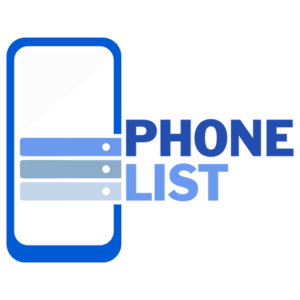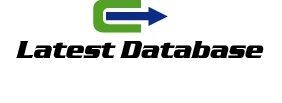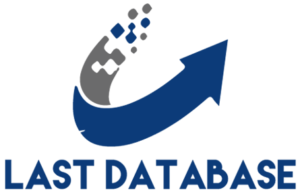You’ve probably heard of marketing , which is defined as the activity through which demand for a product or service whatsapp number list is artificially stimulated. With that definition alone, we can appreciate that it’s an art! Because, ultimately, it’s what is big data? definition, examples and how to apply it about understanding people, what they want, their needs, and their pain points. And this isn’t a science, since each person is different.
When we talk about digital marketing, it’s the same thing, but we’re referring to the set of online tools used to promote a product or service on the Internet. At Leadsales, we do this all the time! For example, with our blog and our YouTube channel (in fact, we tell you a little more about marketing in this video) .
In this article, we’ll share four tips on how to leverage digital marketing for your business!
First: Do a Market Analysis!
This seems obvious, but you’d be surprised to know how many businesses launch a product or service without knowing their market! It’s not surprising, of course, that these missions fail in the short, medium, or long term. When implementing any type of strategy, it’s important to conduct a market analysis. This will allow you to better focus your efforts.
Some guiding questions you could ask yourself are:
- What are my strengths and weaknesses as a business? This point is based on a SWOT analysis (Strengths, Weaknesses, benin businesses directory Opportunities, and Threats).
- What are competitors doing? (Don’t reinvent the wheel.) In its article “Business Intelligence or How to Outperform the Competition, ” Forbes Mexico explains in detail how to perform this analysis.
- What place do I occupy in my consumer’s mind? That is, your positioning.
Second: Define your SMART Gal
Yes, you read that right! Your goal has to be smart. SMART stands for (Specific, Measurable, Attainable, Realistic, Timely). Let’s look at each of these points to understand what we mean.
- Specific: The objective you want to achieve with your product or service must be clearly defined. It should answer the question, what do you want to achieve?
- Instead of saying: I want to promote myself on social media
- You can say: I want to promote myself on social media through Facebook, Instagram, and TikTok.
- Measurable: Okay, so you’ve defined what you want, but how are you going to measure whether you’re successful or not? What’s the benchmark by which you can determine whether your strategy will be a good fit? Your goal has to be tied to numbers. There has to be an objective way to measure it.
- Instead of saying: I want to have many subscribers
- You can say: I want to reach between 1,000 and 2,000 subscribers . See the difference? The first thing isn’t clear: how many?
- Attainable: This is, in short, keeping your feet on the ground. You don’t have to be realistic when setting a course for it to be achievable.
- Instead of saying: I want to have a lot of subscribers and double them every week
- You can say: I want to have 1000-2000 subscribers by month 3 and increase them by 5-10% per month.
- Realistic: related to the previous point, it must be achievable.
- Timely: Consider the time needed to achieve your goal.
- Instead of saying: I want to reach 60,000 subscribers
- You can say: I want to reach 60,000 subscribers no later than 3 years.
Considering the example we’ve been using, a good SMART goal would read like this:
“I want to promote myself on social media, through Facebook, Instagram, and TikTok, reaching between 1,000 and 2,000 subscribers by the third month of use. I’ll increase this by 5% to 10% monthly, reaching 60,000 subscribers in three years.”
By the way, if you identify with this, we’ll share our very interesting articles with you!






